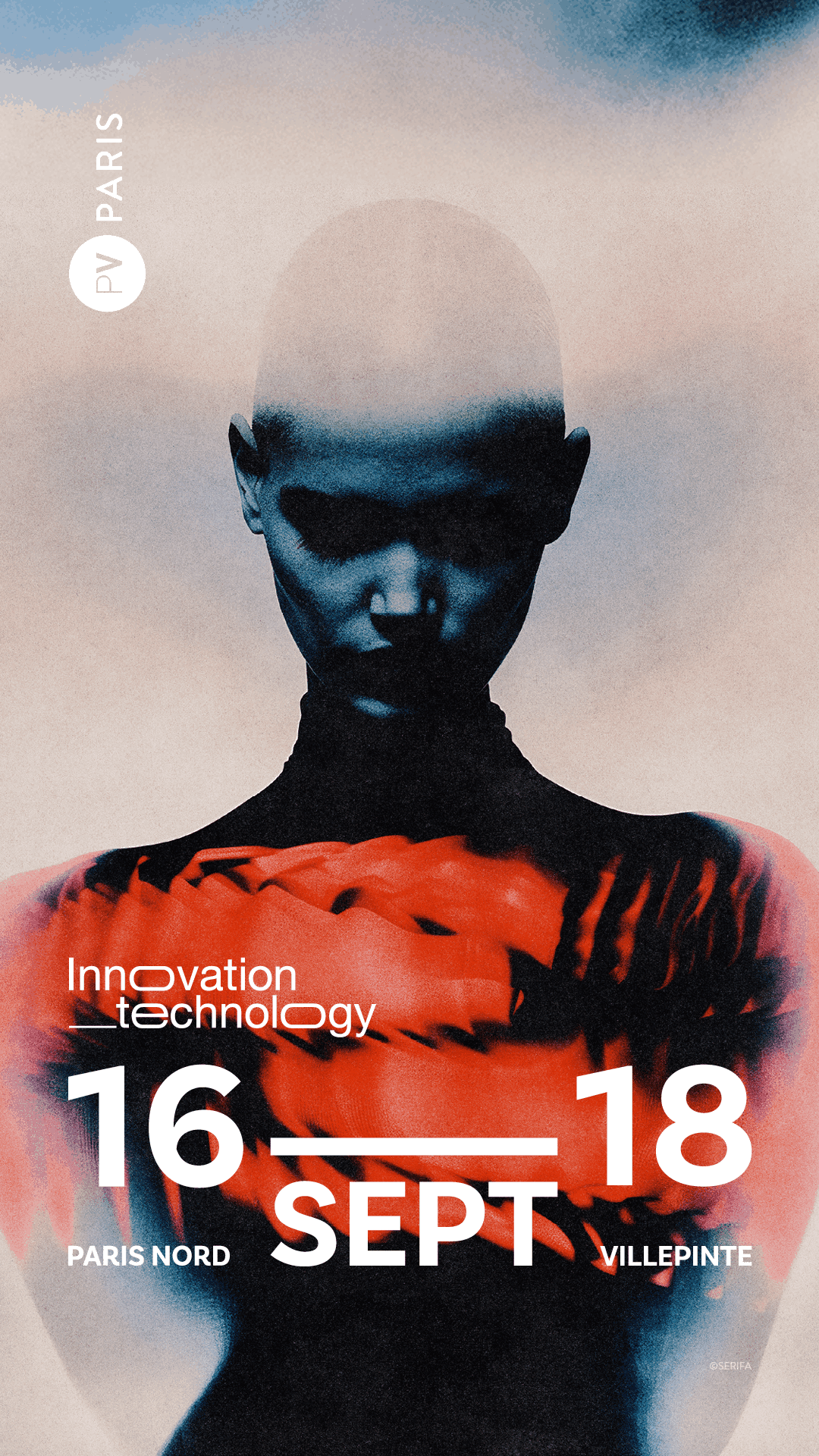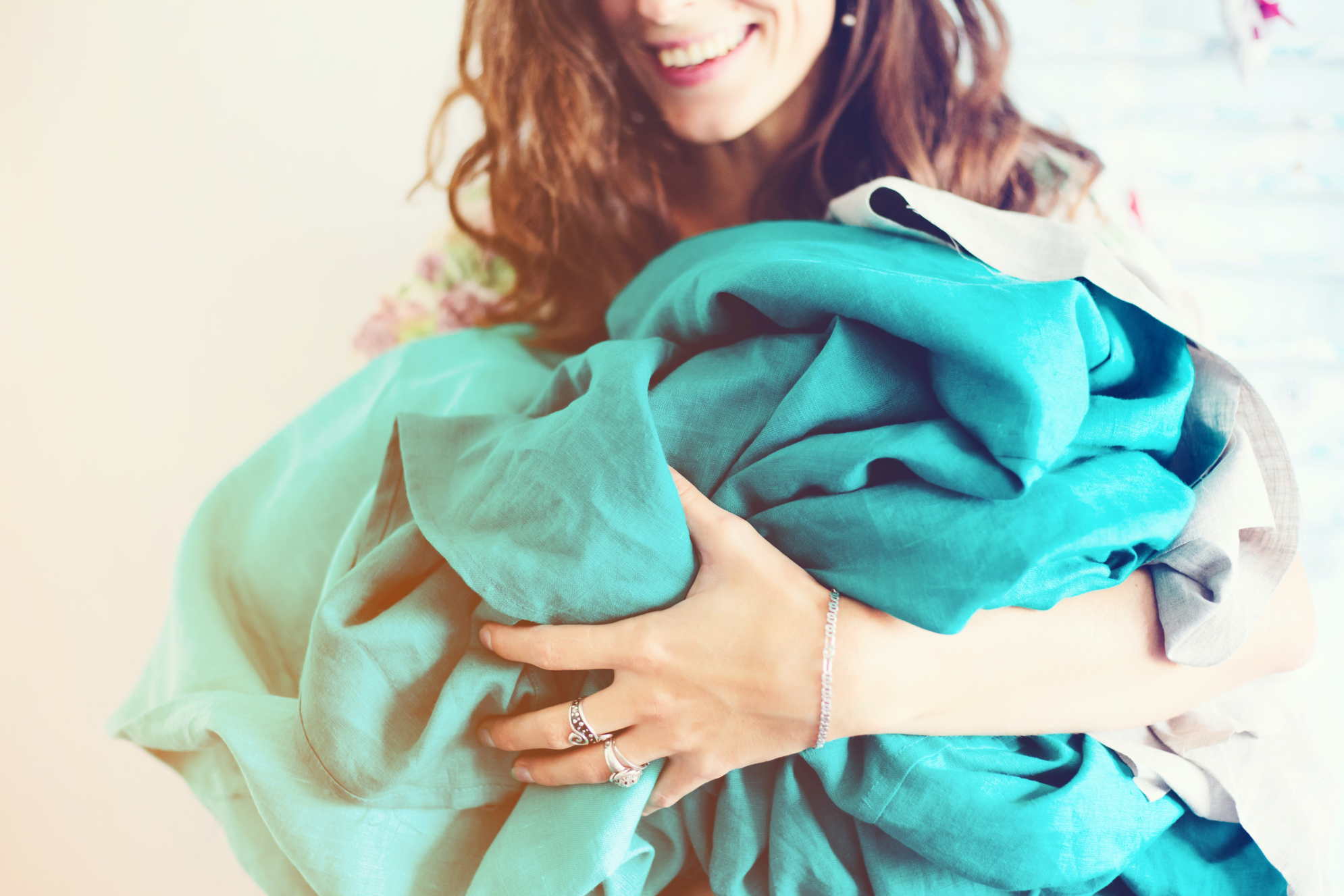
New Innovative Sustainable Fabrics You Should Know
Read this article to get to know the newest, coolest, smartest sustainable textiles and innovative fabrics on market now. There’s a perfect fabric for each situation. Let’s start with these five ones for the next years to come!
VERTICAL ECO VILLAGE: URBAN LUNG OF BEIRUT
Do you need a guide to the most innovative sustainable fabrics to make conscious progress without further endangering nature? Invest in research & development to use sustainable raw materials and produce environment-friendly finished products or read this article to get to know the newest, coolest, smartest sustainable textiles and innovative fabrics.
FASHION, TRENDS AND SUSTAINABILITY
According to the WGSN forecast for the 2022-2023 season, the influence of lockdown and the consequent desire to go outside will still be vibrant. Therefore, the predominant fabrics to which consumers will lean to will have one of these four attributes: elasticity, lightness, texture or impermeability. Given our interest in fashion, trends and sustainability, let’s share some innovative fabrics that will gather these three passions in shops and runways before long.
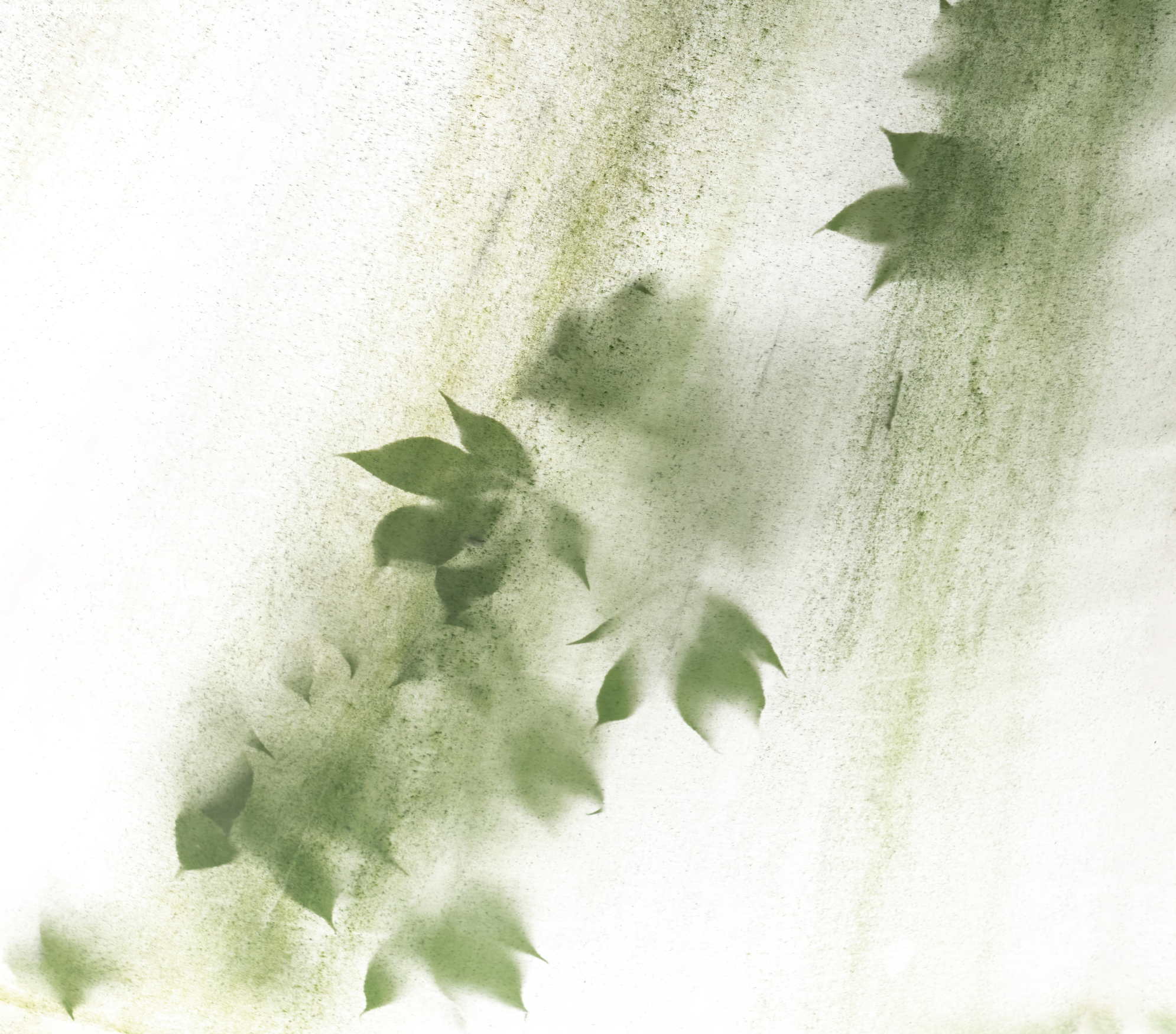
DUPONT™ SORONA®, AN INNOVATIVE KNIT
To start with, shall we get comfortable with an elastic knit fabric. Sorona® fiber is a “comfort stretch knitwear and woven material with soft, flexible, and stain resistant properties”. In addition, it’s spandex-free, which means that for the same stretchy potential it releases 63% fewer greenhouse gas emissions.
Even though it is not waterproof, it does dry off quickly and doesn’t fade long-lasting, vibrant colors. Not to mention, it is almost fully plant-based and annually renewable thanks to its main ingredient: glucose.
The resulting polymer makes an extraordinary, multifaceted fabric that has changed the game, for designers to manufacturers across the globe. It should be proudly added to our Revolutionary Sustainable Textiles for the Modern Home | Heimtextil 2020 article.
EVERNU
Keeping on with a lighter fabric, Evernu — B Corp since 2016 — introduces you to their both recycled and recyclable product. After accumulating, classifying and separating garment waste, the team purifies, rips and converts it into pulp.
A specific machine expels the obtained cellulose which, unimaginably, produces a fiber finer than silk and stronger than cotton. It could be a strong option for those who are uncomfortable with microsilk for not being vegan. You can learn more about it in our article Round-up: 8 Sustainable Fashion Textiles. Not only these incredible innovative fabrics are recycled, but they are also recyclable again, as we said!
Its impact on landfill, pesticides, toxic off-gassing, deforestation and plastic off-shedding are, literally, 0%. The astounding result of this production makes this fabric our definite favourite one for the light textile category!
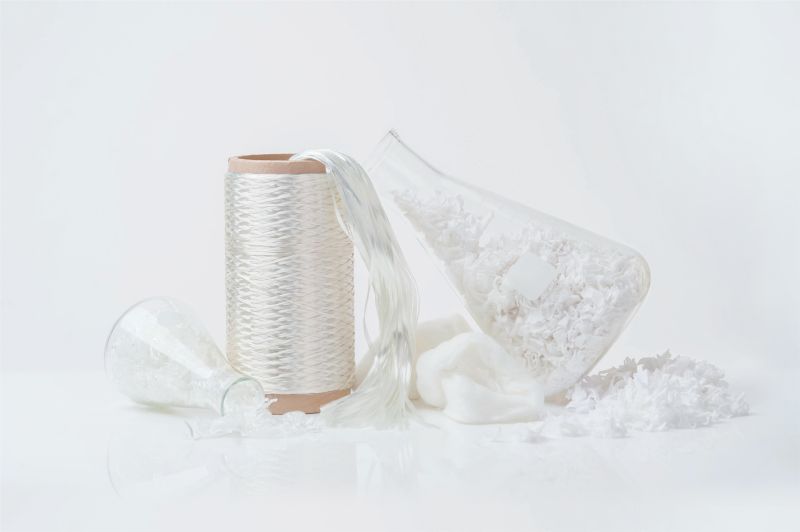
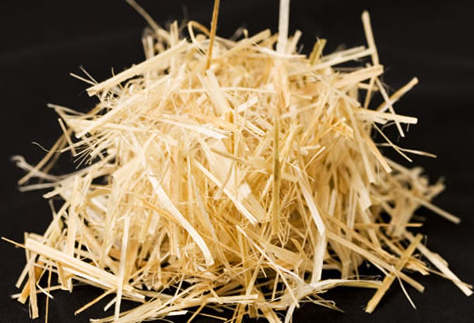
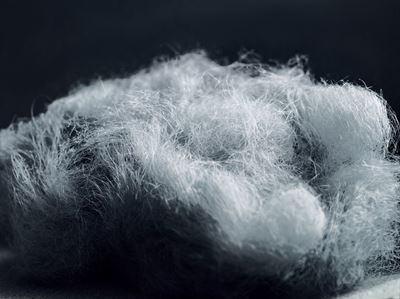
PAPER No9, NON-WOVEN FABRICS CONTINUE TO GROW
This next fabric is most probably the most special one among all the rest. Not because it’s more efficient or less common, but because it offers an added feature that makes it stand out. Anyone can customize it with different textures so that it mimics other materials. The poetry that designers can achieve with this process is endlessly diverse.
To start off, it is a natural, recycled and non-toxic paper material able to take the effect of distressed leather, metallic or stone. It’s equally soft, flexible and durable, but also multi-textured and most importantly water-resistant.
It has the numbers to be the most versatile and pleasant fabric within the next years in the industry. In fact, it opens multiple options for designers, and it also accomplishes sustainability in its process. It’s done by hand with animal and plastic-free ingredients, which allows full control over wastewater, bleach or stripping agents. They are all avoided. The minimal waste and zero toxins process make this fiber the superstar for any dreamer sustainable fashion designer.
SPINNOVA
Jumping to the category of “the most water-repellent”, Spinnova is definitely the go-to material. All the innovative fabrics that we listed above have special visible features to them. However, Spinnova modestly hides its major bet, since it happens during the process. Let’s get straight to it!
This material is made out of FSC certified wood, and soon they hope to expand their range of primary sources like agricultural and bio waste based cellulose. The differential aspect is that Spinnova turns pulp straight into textile fiber omitting dissolving or the use of damaging substances.
Spinnova uses 99% less water than cotton in the process. It closes the circle without waste streams, its only side product is evaporated water, also recycled back into the process. It is in fact really similar to cotton. But the final hidden pearl is that depending on the application, the fiber can be water-repellent or absorbing.
Imagining our comfortable, familiar cotton textiles with these added attributes made us tingle! Spinnova is an absolute winner in the industry and has the shiniest —greenest!— of futures.
CRAiLAR
Finally, we came across CARiLAR. After dedicating a whole department to the glorious characteristics of cotton, we must not avoid this latest premiere. The fabric we are talking about is potentially the upcoming substitute of cotton.
Not that it will make cotton disappear, but ensembles the dos and don’ts of cotton production and solves them all in one. Their remarkable technology “consistently produces superior, USDA-designated 100% BioPreferred® products while dramatically reducing chemical and water usage”. It achieves this rough and tough material that is then processed into a soft and fluffy fiber made up of thousands of individualized bast fibers. They resemble cotton in feel and appearance, and basically overplay cotton on almost every level.
Overall, it’s important to know the latest products on the market and the most innovative fabrics in it. But also is key to open to new options that we can add to our sample book. Transparency is crucial, and complementing it with our own knowledge builds the strongest trust one in the industry can hope.
+ Words : Marta Capdevila, Luxiders Magazine


